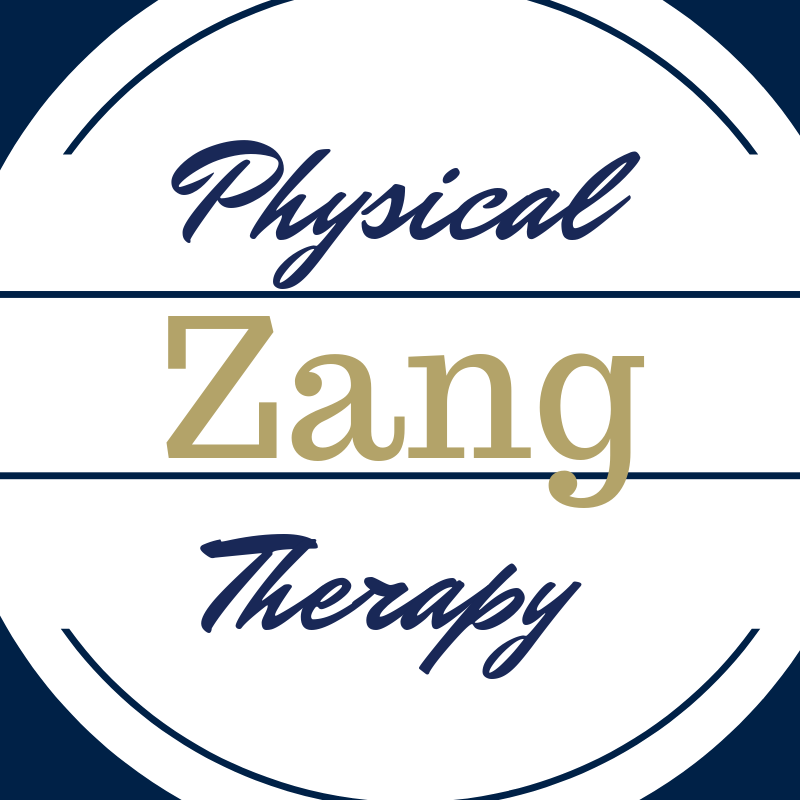And now for the conclusion of this pain series.
Remember last time I wrote that pain does not necessarily equal damage to the body. Plus I mentioned how chronic pain becomes dysfunctional…
So what about pain that is more recent?
Is it Good or Bad Pain?
Lets see if I can clear this up just a bit
Every day I have discussions about pain with patients I am treating. About 50% of the time at best this “pain” is of more recent onset. (50% or more often patients come to me seeking help for chronic pain). There are differences when considering new vs old pain. Often the question arises, how do I know if what I am experiencing is good or bad pain? This is a loaded question with more questions to be asked and answered before I can fully respond to the initial one. This process happens during the exam and during follow-up visits.
It is important to know if the pain one is experiencing is “your” pain or something else. If it is “your” pain, it may not good (and something to respect). But the learning about “your” pain is crucial to discover the best way to treat it. Often during an exam, we may cause an unfamiliar area of unrelated soreness that may or may not be relevant. While not desirable it often helps lead to a solution. However, if someone tells me it just feels like muscle soreness, then that is an entirely different story and not necessarily bad. This is especially so after a treatment session when we are working out muscles and joints for a purpose. Short-term soreness is normal and expected.
Other factors to consider include: recent surgery, fracture but no surgery, bruising or swelling from a soft tissue or ligament injury, and duration of injury or pain complaint. Pain is our body’s way of signaling something is not quite right. Its purpose is to protect us from further harming ourselves. Pain to some degree is normal, expected, and part of the healing process.
We must learn to live and move with some pain, as movement is key in the overall healing process. By not moving, one creates an environment for persistent pain. How? Because lack of movement results in loss of joint mobility/movement, muscle weakness and perpetuates psychological fear avoidance behaviors (taken together this creates a vicious cycle). Movement stimulates blood flow, circulating nutrients for healing in addition to contracting/relaxing muscles (easing muscle spams), and limits scar tissue adhesions known to perpetuate the pain cycle.
The time to respect pain and listen to your body is within the first few weeks after an injury. Then it is time to ignore and get moving. Typically soft tissue injuries heal in 6-8 weeks and bone injuries in 8-12 weeks. Beyond 6-12 weeks the persistence of pain is dysfunctional and should be dealt with actively. Our bodies are smart. If proper healing time has occurred, movement is safe, healthy, and encouraged.
Pain medication is not always the answer. Often this only masks pain, and DOES NOT solve the problem. I have witnessed many instances of addiction to painkillers and other secondary problems as a result of long-term use of pain medication.
Again, this pain topic is hugely complex and I attempted to simplify it as best I could.
Bottom line…if you can move it, then do so. If you are not sure, then see a physical therapist so that we can help you to learn more about your pain and how to live and defeat it via a more active approach.
Suffering in Pain? Unable to enjoy life as you desire?
Want more information?
Call 717-440-6197 or Click HERE for to begin getting answers to your questions and get back to enjoying life again.
